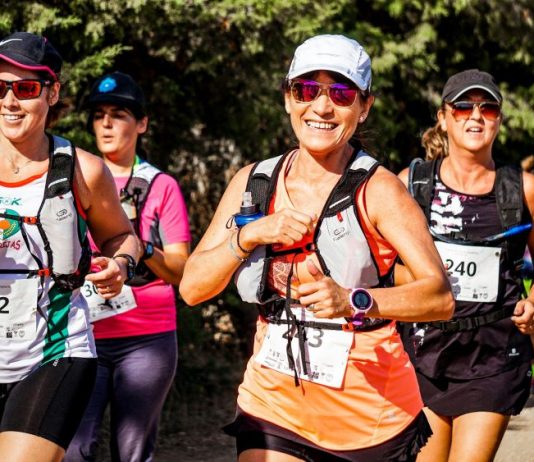In the world of running, the options are as vast as the trails themselves. Whether it's pounding the pavement, circling the track, or sweating it out on the treadmill, each avenue offers its own unique experience. But there's a growing trend pulling runners off the beaten path and into the embrace of nature: trail running. Over the past decade, trail running has seen a staggering 231% increase in popularity, drawing enthusiasts with its blend of adventure and physical challenge.
Embarking on a marathon journey requires more than just physical endurance; it demands a meticulous approach to nutrition and hydration. As you prepare to conquer 26.2 miles of pavement, equipping yourself with the right fueling plan can mean the difference between hitting the wall and crossing the finish line with strength and satisfaction. Here's how to master your marathon nutrition for optimal performance.
Bananas have secured their status as a must-have in the routines of runners worldwide, gracing pre-run breakfast tables and post-race goodie bags alike. But beyond their fruity allure, bananas stand as a symbol of sustenance and vitality in the running community.
The Mature Distance Runner: A Practical Philosophy Part 8: Negotiating the End: The End is where it Ends
Runnerstribe Admin -
Lifetime runners are a rare breed. I certainly was not able to manage it, the selfishness of the commitment dousing the fire of competitive desire and the level of dedication that lifetime running entails. Though a flicker remained through midlife, primed to become a raging inferno once I was ready again. I have come back to running, and I will not, cannot, let it go. This may sound melodramatic, and it is, quietly so, representing the flourish of commitment to a running life that faltered and is now renewed.
Going beyond the confines of the traditional marathon lies the realm of ultra marathons—an ultimate test of endurance that surpasses the standard 26.2 miles (42.1k). Spanning from single-day 50k (31 miles) sprints to grueling multi-stage races covering hundreds of miles, these events traverse challenging terrains, pushing athletes to their physical and mental limits.
Injuries are an inescapable reality in the world of trail running, even for those who diligently prioritize injury-prevention exercises. Let's face it - most of us would rather add an extra mile to our run than allocate time to exercises like deadlifts and crabwalks. Studies show that around half of all runners experience injuries within a single calendar year, making it more a matter of when, rather than if, one becomes part of this statistic.
If your marathon plans got delayed due to the pandemic, it's time to adjust your training schedule. Brace yourself for the familiar challenges that marathon training brings, including the inevitable aches and pains.
Developing an effective nutrition plan requires patience, adaptation, and a willingness to experiment. Athletes must anticipate the challenge of replenishing the substantial calories expended during races, accounting for various factors like race pace and terrain. However, a well-structured plan significantly influences the overall race experience and satisfaction.
Amidst Norway's Romsdalen mountains, Kilian Jornet, the trailblazing icon known for his mountain conquests, reveals a winter training approach that transcends the norm. Instead of a seasonal pause, Jornet orchestrates a strategic shift—a blueprint that extends beyond his realm to offer wisdom for runners at every level.
When it comes to boosting protein intake, many think of meat and animal-based options. Traditional breakfast items such as eggs, ham, sausages, and bacon serve as excellent sources. However, it's crucial to be mindful of the sodium and saturated fats present in some of these foods, which could potentially impact heart health and contribute to weight gain.



























